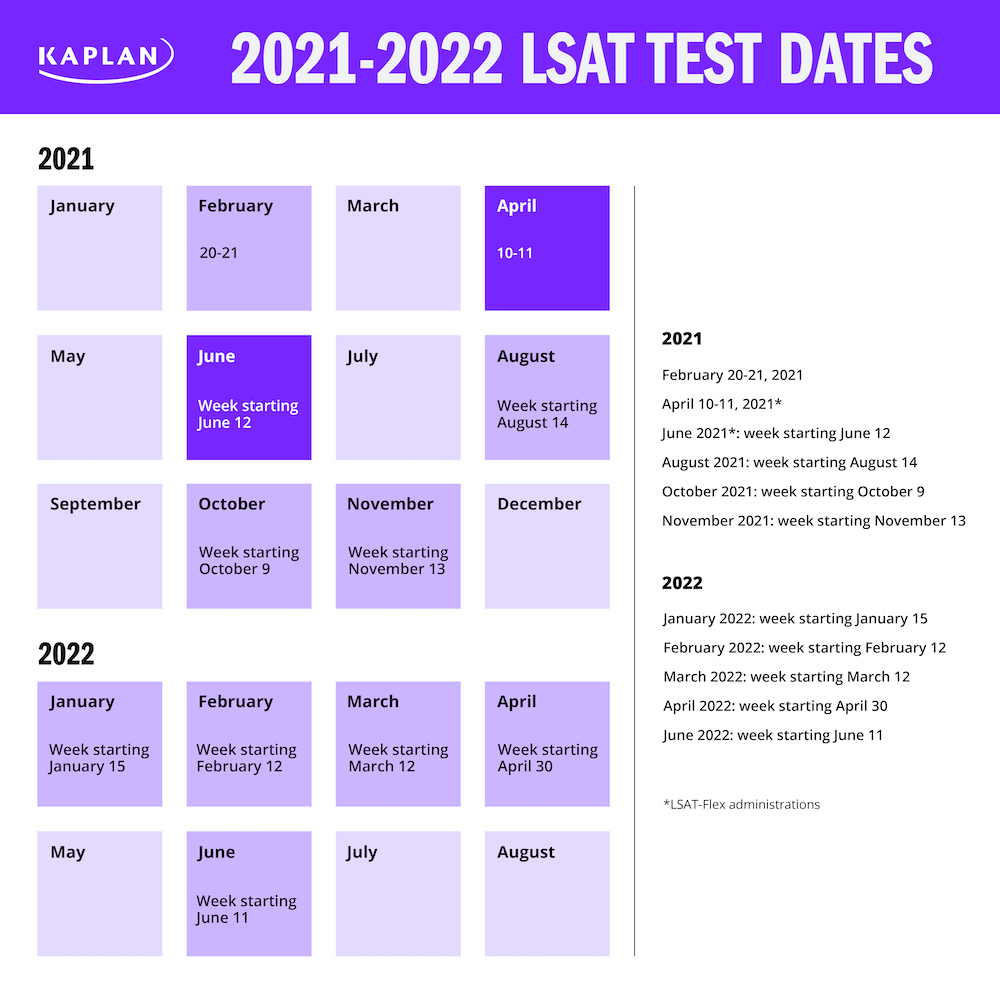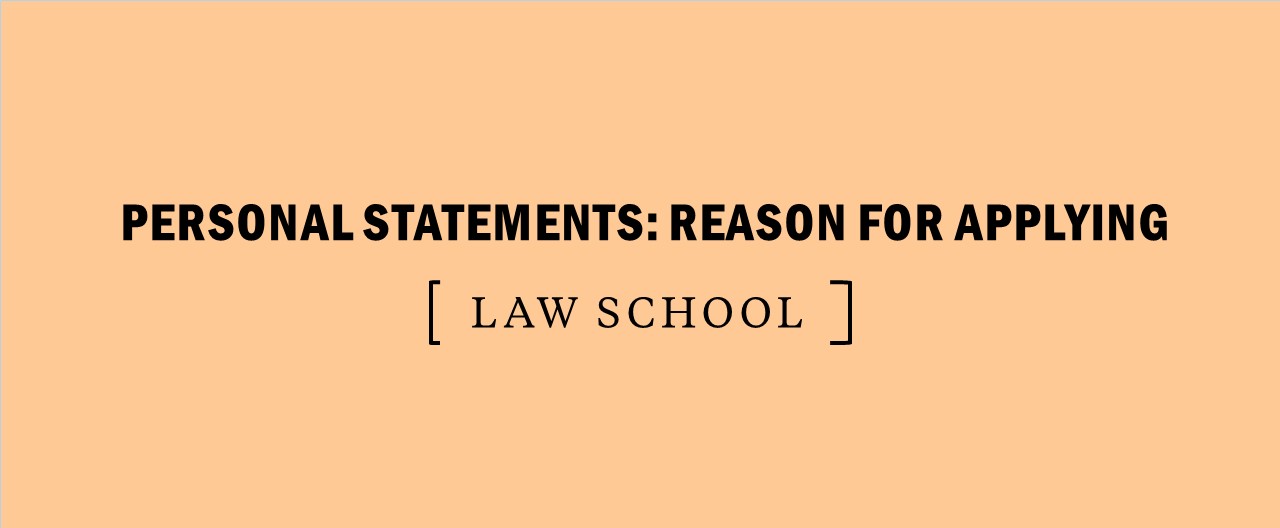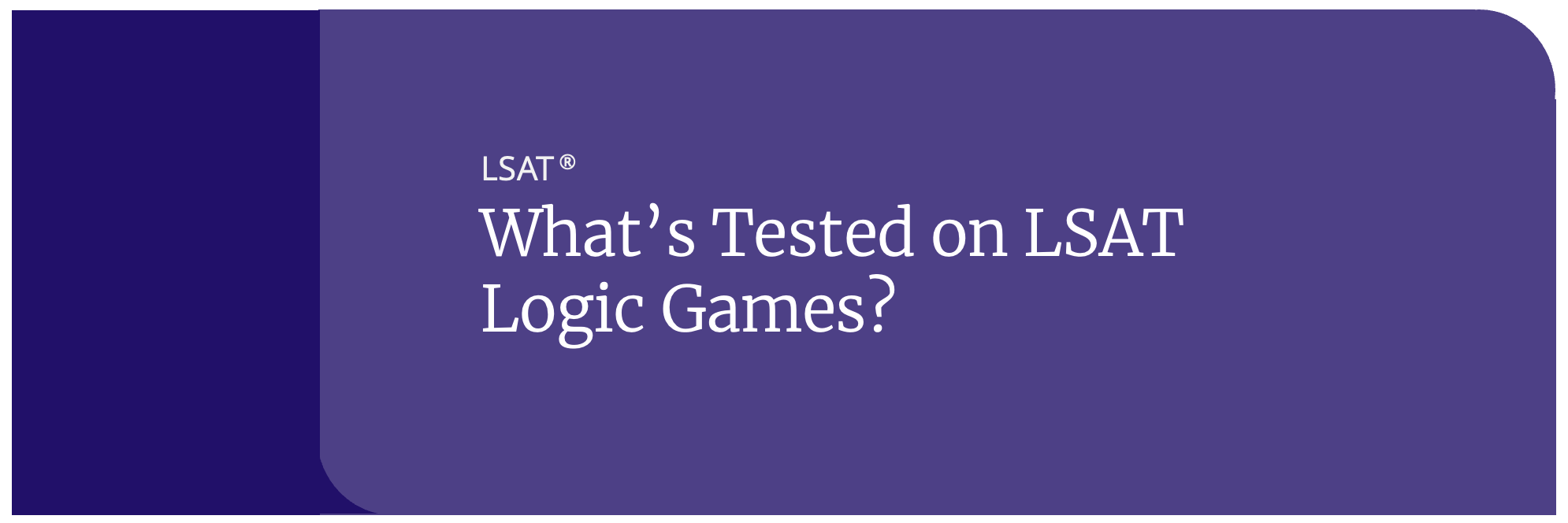When should I take the LSAT (2021-2022)?
The LSAT is typically administered nine times per year: January, February, March, April, June, July, September, October, and November. After the final upcoming LSAT-Flex tests in April and June of 2020, the LSAT will be offered 8 times over the following year, with tests in each month besides July, September, December or May (full calendar below).
Each test is composed of the same types of questions, the same types of sections and either 100 or 101 questions–or in the rare case of December 2010, 102. The seats are filled with talented, capable people who want to get into law school. In addition to the addition of two testing dates, bringing the total to nine, there has been another change to the LSAT: the LSAT format changed from pen-and-paper to digital.
WHEN TO TAKE THE LSAT IN 2021-2022: STAY ON TOP OF TEST DATE CHANGES
In response to COVID-19, the LSAT exam’s in-person testing offerings have been cancelled for a number of dates. And as of May 2020, the LSAC has been administering LSAT-Flex, which is an at-home, remotely proctored version of the exam. This option will be available through June of 2021.
After June, while the LSAT will still be proctored remotely, it will return to its previous 4-section format. If you’d prefer taking the shorter, 3-section LSAT-Flex version of the test, then we’d recommend taking one of the final upcoming Flex administrations. Learn more about the LSAT-Flex and determine when may be the right time for you to take the test.
UPCOMING 2021-2022 LSAT TEST DATES
Here is the updated list of upcoming LSAT Test Dates in 2021-2022:
- February 20-21, 2021*
- April 10-11, 2021*
- June 2021*: week starting June 12
- August 2021: week starting August 14
- October 2021: week starting October 9
- November 2021: week starting November 13
- January 2022: week starting January 15
- February 2022: week starting February 12
- March 2022: week starting March 12
- April 2022: week starting April 30
- June 2022: week starting June 11
*LSAT-Flex administrations

TEST DATES AND LSAT DIFFICULTY
Although difficulty on an LSAT can be subjective, there are good arguments to be made for some tests being tougher than others. But do those easier or tougher tests follow any discernible pattern? The short answer is no. And on top of that, it doesn’t matter.
Whether a test is easier or harder, all the test-takers at any given time are seeing the same test. While LSAC technically “equates” scores rather than putting them on a curve, the effect is very similar. An easier test simply means that everyone gets a couple more questions correct. LSAC relies on the fact that the number of test takers is large enough on any given test date–and similar enough to pools of test takers on previous test dates–to scale scores regardless of small variations in the test.
When considering that a similar curve is used for every test and that a slightly easier or a slightly tougher test doesn’t matter, the only relevant factor when choosing a test date would be the pool of other test-takers when you take your test. The thinking goes that if test-takers in Month X are less intelligent than test-takers in Month Y, then it will be easier to move up the curve. As a matter of pure speculation, if there were such a test date it would probably be December and/or February. These test dates are late in the admissions cycle, and the people taking that test are disproportionately repeat test-takers who underperformed on a previous test.
There is even research out there that suggests that you might be able to get one or two fewer questions right on recent December tests and get the same score. But let’s not get carried away. IF this effect is something more than coincidence, there are good reasons not to flock to the later tests. First of all, if an inefficiency in the system does exist, smart and driven test takers trying to take advantage of that inefficiency will likely be high scorers who end up canceling out whatever gaps in the curve there might have been. Second, even if that doesn’t happen, LSAC may detect a systematic difference and use the leeway to “equate” scores to put all test takers in a similar position. Lastly, and probably most importantly, in order to take full-advantage a perceived difference of maybe up to a point, you would have to take the LSAT almost a full-year before you plan to apply for law school.
Don’t worry about the transition from the pen-and-paper LSAT format to the digital format–although the testing experience may be different, this LSAT format change won’t affect the content tested.
When to take the LSAT: Expert Tip
The admissions cycle is the most important thing to consider when deciding when is best to take the LSAT.
LSAT Admissions Cycle
Law schools have rolling admissions. That means, getting your application in sooner gives you a significant advantage in the admissions process. Application periods open in the fall and a good rule of thumb is that you should have all your applications in before New Year’s. June, July, and September test dates are most popular for that because they allow for plenty of time to get scores back before applications need to be turned in. And so the moral of the story is to take the LSAT when you know you’re going to have a good amount of time to spend studying for it, but early enough to be on the top of the pile when application season opens.
HOW MANY TIMES SHOULD I TAKE THE LSAT?
Students spend hours upon hours researching schools admission guidelines, and often a student will look to see if a school uses the top LSAT score or averages out the different scores, or if the school accepts multiple LSAT scores at all.
So, to concisely answer the question at hand, students should plan to take the LSAT… 10 times at least!
At Kaplan, we require students to take some exams in class, which is extremely helpful to students in two ways: (1) it forces students to take an LSAT under time conditions with actual LSAT questions & (2) it gives the students detailed feedback from question type to difficulty level so that they may identify their greatest areas of strength and greatest areas for potential score increases.
The key is that a student must practice the skills they will need to perform well on the day of the scored, actual LSAT. The LSAT has nothing to do with knowledge and has everything to do with skill.
Thus, when a student learns the approach to each individual question type and then practices that approach/skill on a timed exam, they begin perfecting that skill–and, just as importantly, identify the skill areas that need continued refinement. We encourage all of our students to begin taking additional practice tests alongside the LSAT class in order to begin working on efficiency, timing, endurance, and pressure reduction. Some of the tests are painful and tough for students at first, but that is an element of learning and progress.
Now, as far as how many times you should expect to take the actual scored LSAT, that’s easy: once. Forget the stress, time and money involved; as some law schools still average multiple scores and all law schools still receive all scores within the past 5 years, why put any doubt whatsoever in the minds of admissions committees by submitting anything other than one, stellar LSAT score. After all, if you follow the advice of people that have accomplished what you are trying to do, then the actual test day should never, ever, ever be your first time taking the LSAT.
Here’s some interesting research to share with you. Although, the number of LSAT administrations has already increased, according to Kaplan’s 2018 law school admissions officers survey, many admissions officers (41 percent) think the LSAT should be offered about once a month.
We’re not quite there, but with the 2019 LSAT test date changes, the LSAT is now offered 9 out of 12 months of the year!
[ PREVIOUS: What’s a good LSAT score? ]
[ NEXT: How should I study for the LSAT? ]




